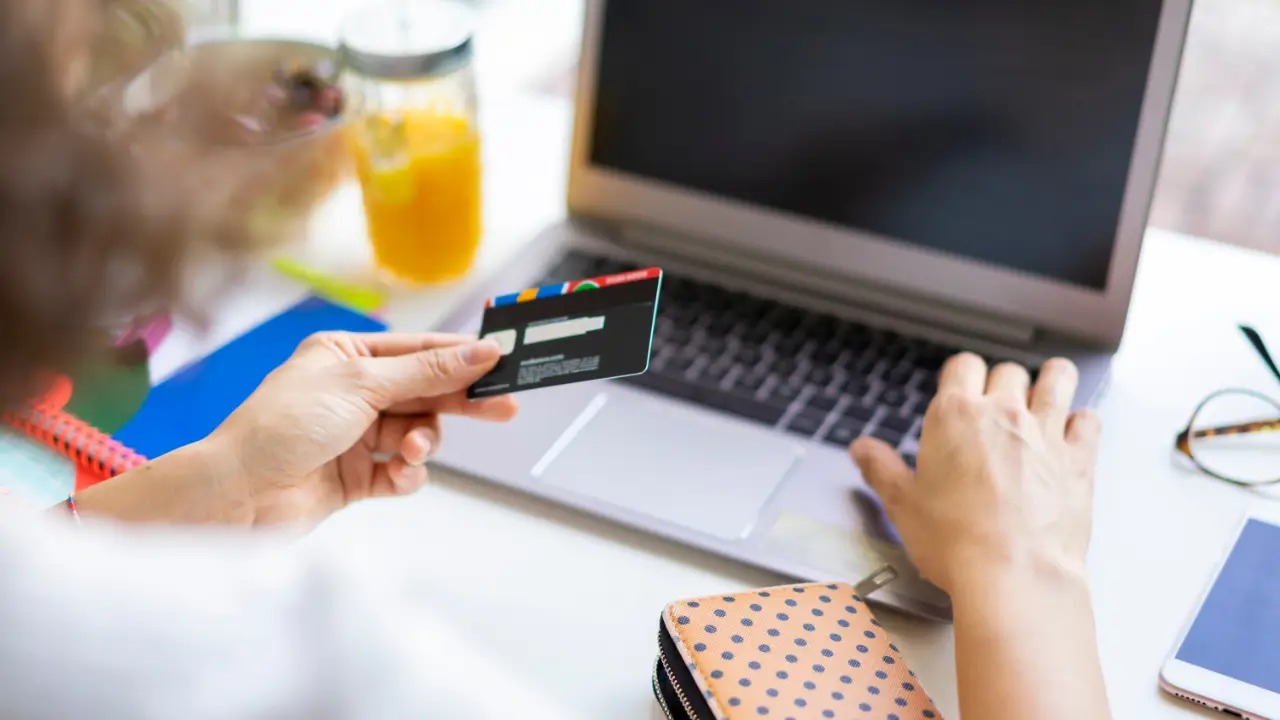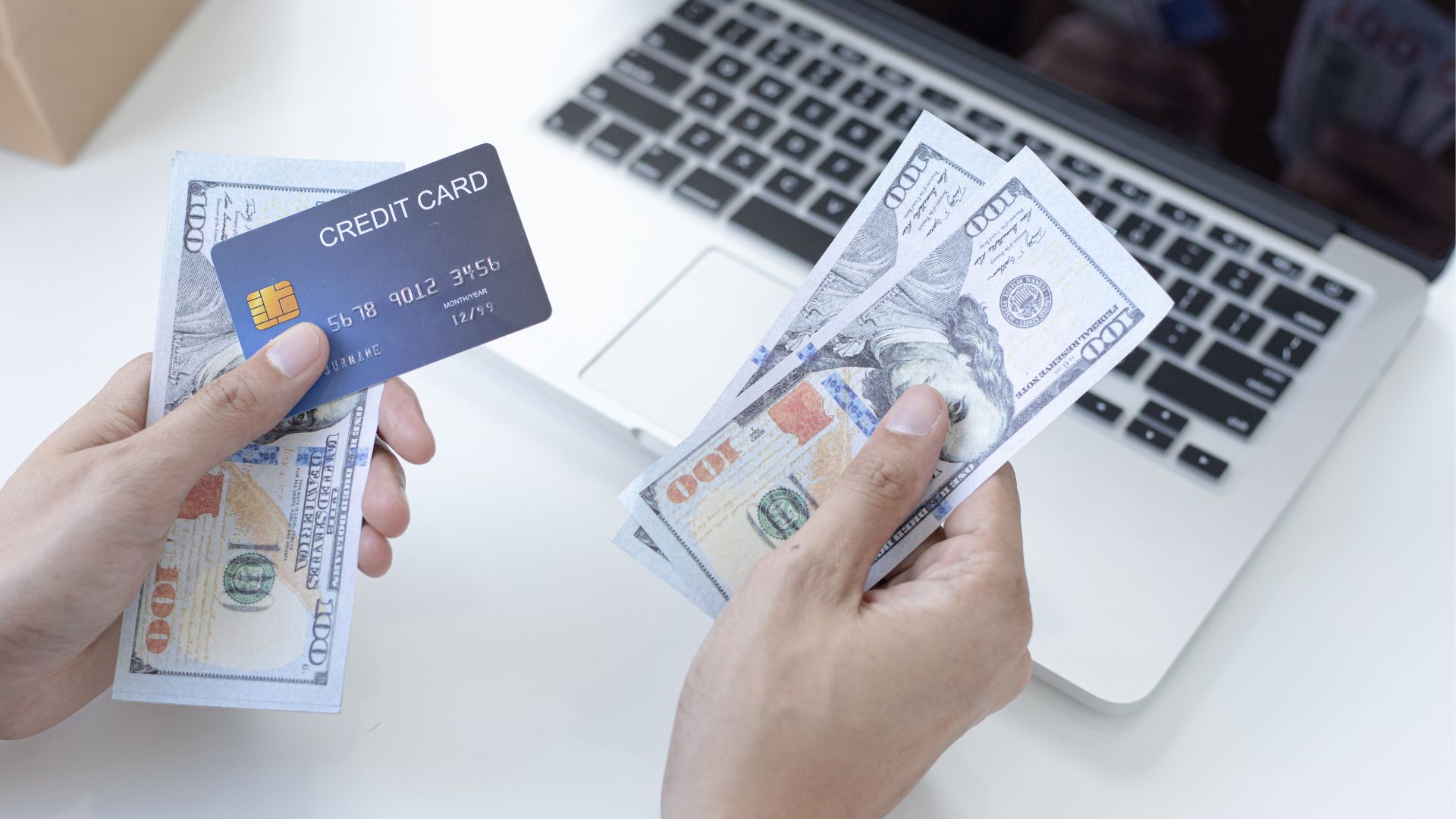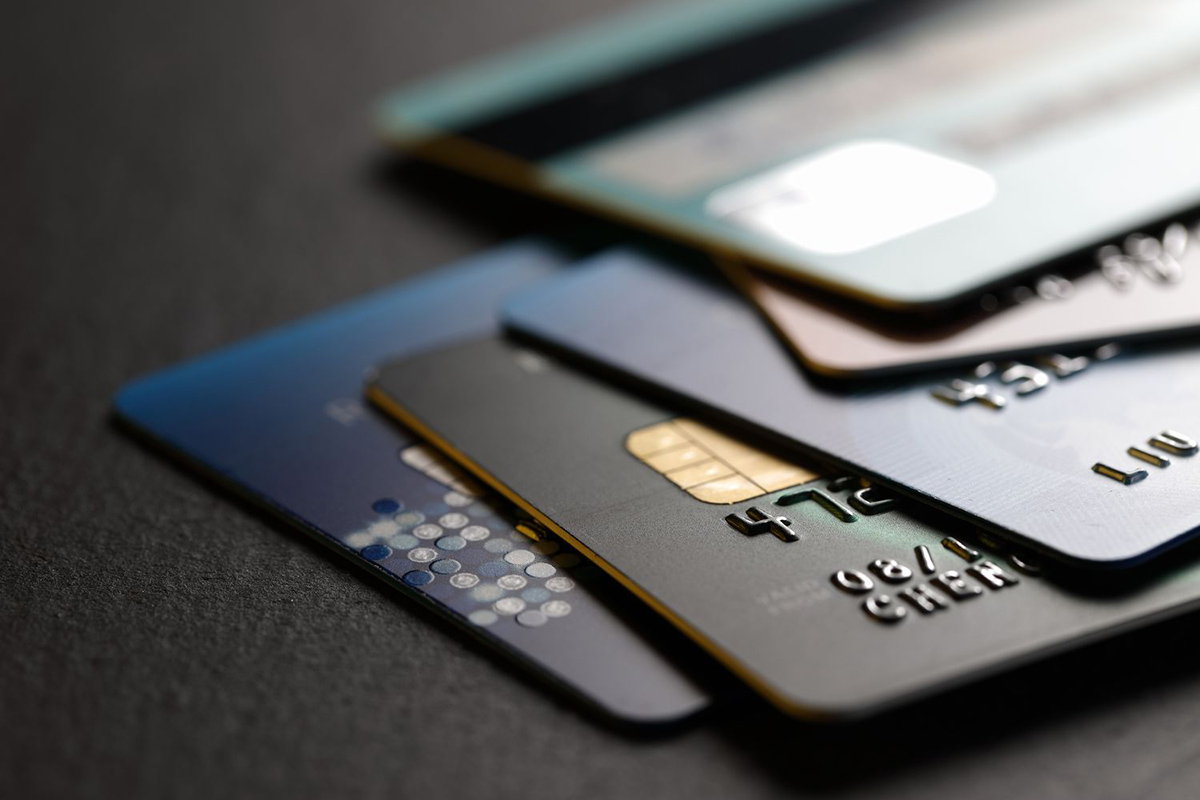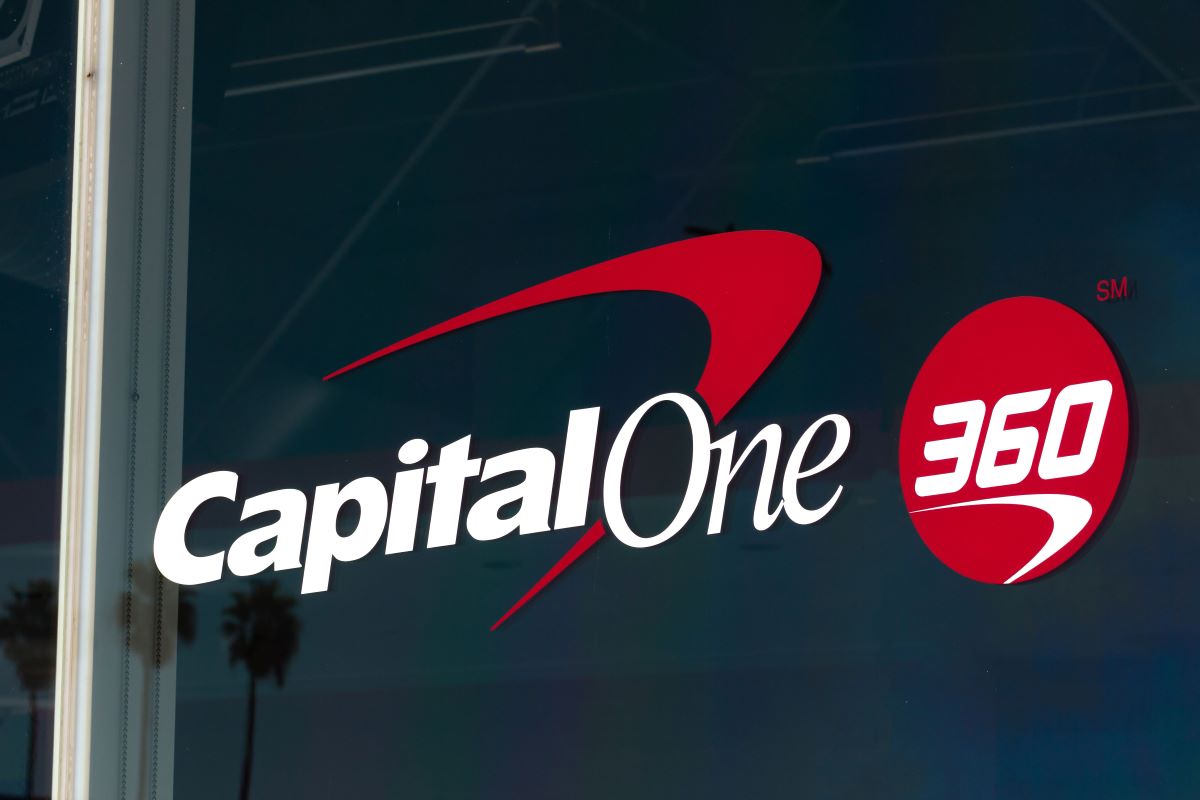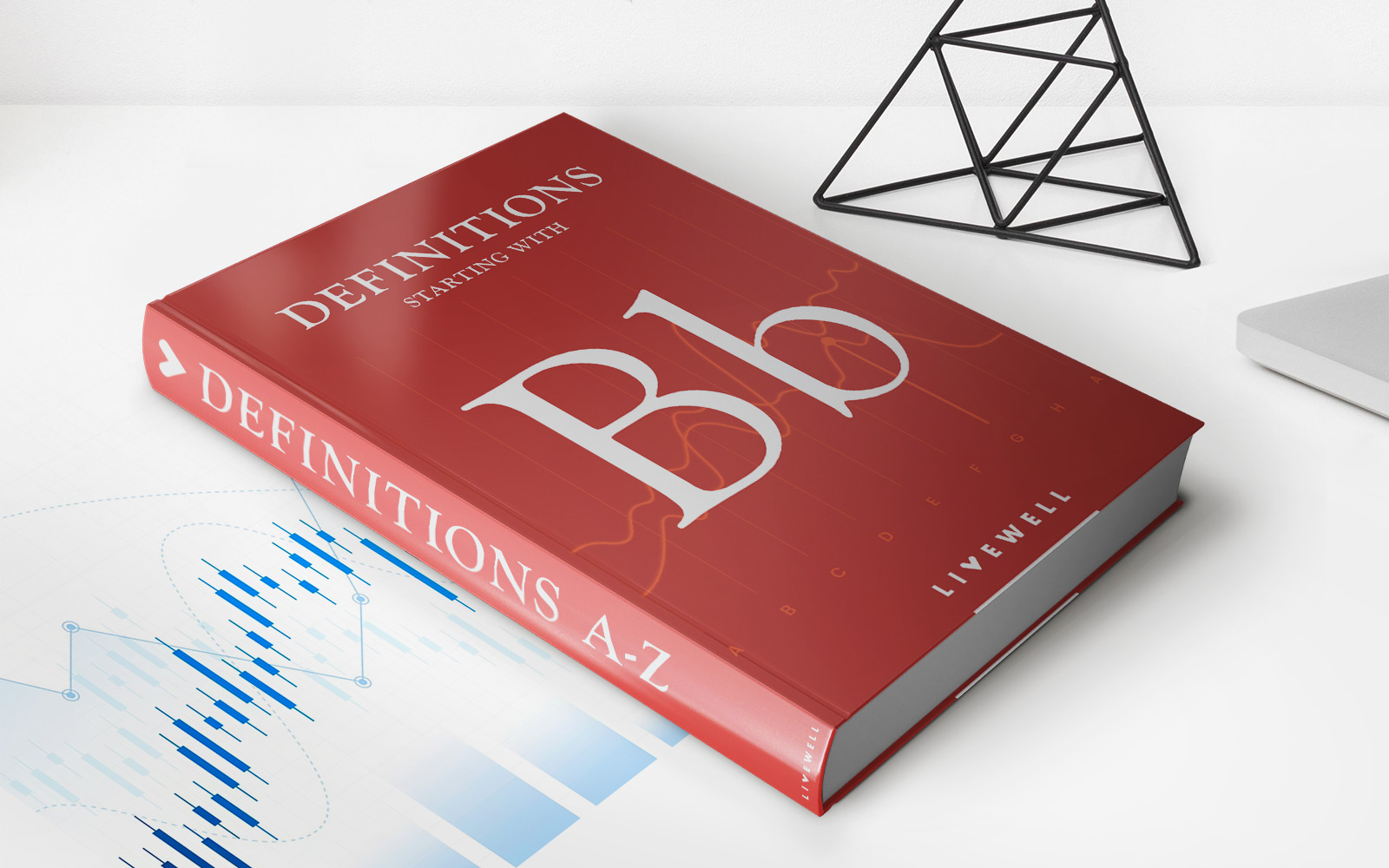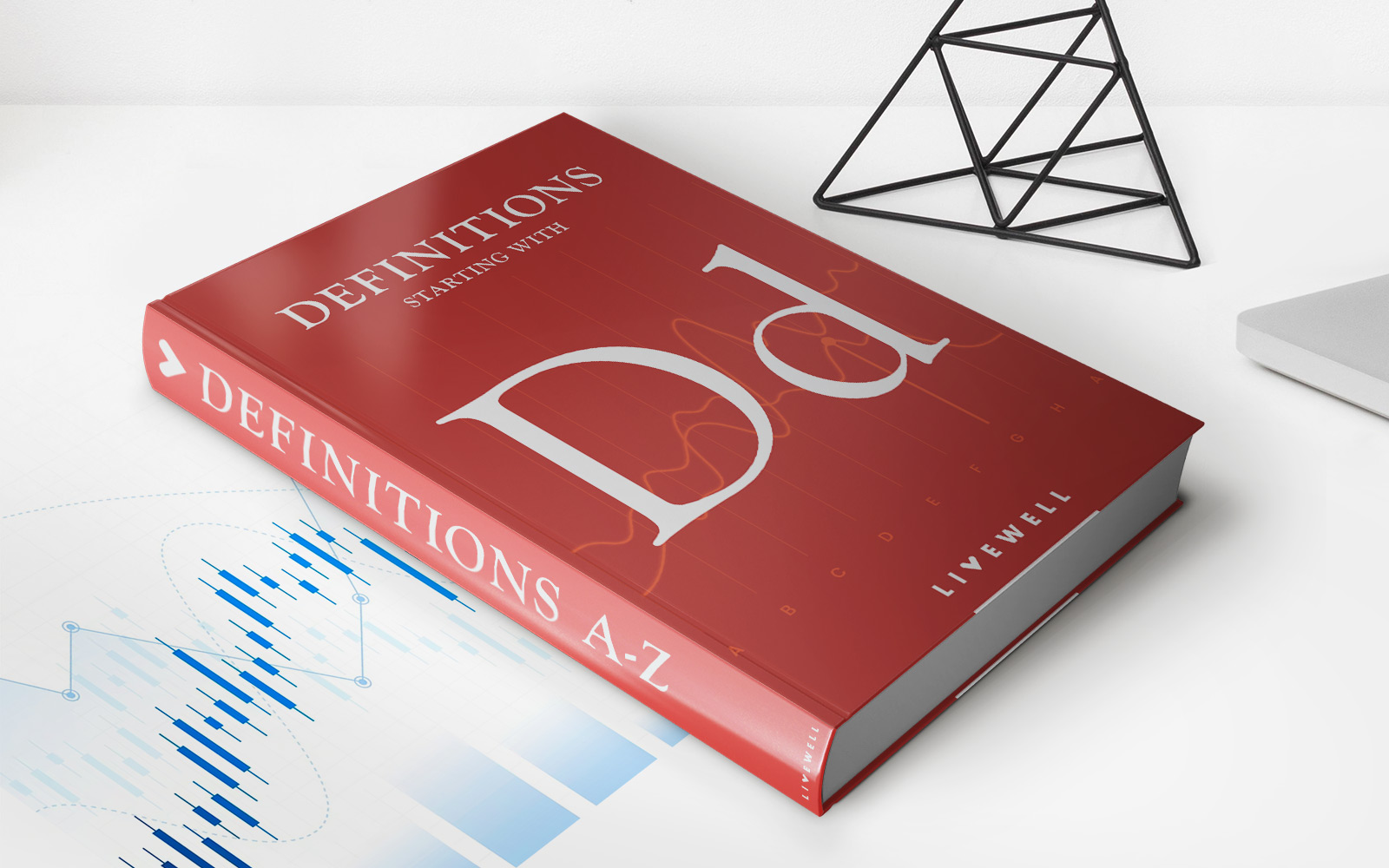

Finance
What Is A Convenience Check Credit One
Published: January 5, 2024
Learn more about convenience check credit one and how it can help you manage your finances efficiently. Explore the benefits and usage of convenience checks today.
(Many of the links in this article redirect to a specific reviewed product. Your purchase of these products through affiliate links helps to generate commission for LiveWell, at no extra cost. Learn more)
Table of Contents
- Introduction
- Definition of A Convenience Check
- Purpose and Use of Convenience Checks
- How Convenience Checks Work
- Benefits of Convenience Checks
- Risks and Considerations when Using Convenience Checks
- Comparison of Convenience Checks to Other Payment Methods
- How to Request Convenience Checks from Credit One
- Important Terms and Conditions of Convenience Checks
- Conclusion
Introduction
Welcome to the world of convenience checks! In the realm of personal finance, convenience checks are a useful tool that can offer flexibility and convenience for managing your expenses. Whether you need to pay bills, make a purchase, or even transfer money, convenience checks can be a convenient alternative to traditional payment methods. But what exactly are convenience checks and how do they work? In this article, we will explore the ins and outs of convenience checks, their benefits, and important considerations to keep in mind.
A convenience check, also known as a credit card check or a balance transfer check, is a paper check issued by your credit card issuer. It may look like any other personal check, but it is tied to your credit card account. These checks can be used to make purchases or pay off bills just like a regular check. The key difference is that the amount spent using a convenience check is treated as a cash advance from your credit card, rather than a regular credit card purchase.
The purpose of convenience checks is to provide a convenient and flexible way for cardholders to access their credit card funds. They can be used in situations where credit cards are not accepted or when you prefer to pay with a check instead of using your credit card directly. Whether you’re making a major purchase, consolidating debt, or need a quick way to access funds, convenience checks offer a simple and hassle-free solution. However, it’s important to understand how they work and consider the potential risks before using them.
Definition of A Convenience Check
A convenience check, also referred to as a credit card check or a balance transfer check, is a type of paper check issued by your credit card company. These checks are linked to your credit card account and can be used as an alternative method of payment.
Convenience checks are typically sent to cardholders periodically, along with their credit card statements. They resemble regular personal checks and contain the cardholder’s name, address, and the credit card account number. Each check also includes a specified credit limit, available credit, and other terms and conditions set by the credit card issuer.
When using a convenience check, the amount spent will be treated as a cash advance rather than a regular credit card purchase. This means that the transaction will be subject to cash advance fees and higher interest rates compared to typical credit card purchases. It’s crucial to carefully review the terms and fees associated with cash advances before using a convenience check.
Convenience checks offer a convenient and flexible way to access your credit card funds in situations where credit cards may not be accepted or when you prefer to use a check for payment. For example, you might use a convenience check to pay bills, make purchases from businesses that don’t accept credit cards, or even transfer money to another account.
It’s important to note that convenience checks should only be used responsibly and within your means. Just like with any other financial tool, it’s crucial to understand the terms and conditions, fees, and potential risks associated with convenience checks before using them.
Purpose and Use of Convenience Checks
The purpose of convenience checks is to offer cardholders an additional method of accessing their credit card funds and making payments. These checks provide flexibility and convenience in situations where credit cards may not be accepted or when you prefer to use a check instead of a credit card directly.
Convenience checks can be used for various purposes, including:
- Paying bills: Convenience checks can be used to pay bills, such as rent, utilities, or other monthly expenses. They provide an alternative to electronic payments or cash transactions, allowing you to conveniently settle your obligations.
- Making purchases: If you come across a merchant that doesn’t accept credit cards, you can use a convenience check to make a purchase. It provides a viable payment option when credit cards are not accepted, ensuring you can complete your transaction without hassle.
- Transferring funds: Convenience checks can also be used to transfer funds between accounts. For example, you can use them to move money from your credit card account to your checking account or vice versa.
- Consolidating debt: Some cardholders may choose to use convenience checks as a way to consolidate and manage their debt. By transferring balances from higher interest-rate accounts to a card with a more favorable rate, they can potentially save money on interest expenses.
- Emergency situations: In unforeseen circumstances where you need immediate access to funds, convenience checks can serve as a backup. They can be handy in emergencies, allowing you to cover expenses or address urgent financial needs.
However, it’s important to use convenience checks responsibly and within your means. While they provide flexibility and convenience, they also come with certain risks and fees, including cash advance fees and higher interest rates. Understanding the terms and conditions associated with convenience checks is essential to avoid any potential financial pitfalls.
Before using convenience checks, it’s recommended to weigh the costs and benefits compared to other payment methods. Assess the fees, interest rates, and any promotional offers provided by the credit card issuer. By understanding the purpose and potential uses of convenience checks, you can make informed decisions on when and how to utilize them effectively.
How Convenience Checks Work
Convenience checks work similarly to regular personal checks, but with a few key differences. Here’s a breakdown of how they typically function:
- Receipt of convenience checks: Convenience checks are typically sent to cardholders by their credit card companies periodically, alongside their credit card statements. You may receive a set of checks with predetermined credit limits that can be used over a specified period of time.
- Activation and endorsement: When you receive a convenience check, you’ll need to activate it. This can usually be done by signing or endorsing the back of the check, which confirms your consent to use it as a form of payment.
- Selecting a payment recipient: Once the convenience check is activated, you can write the check to a specific payee, such as a business or individual. Fill in the payee’s name as you would on a regular check.
- Writing the amount: Indicate the amount you wish to pay using the convenience check. It’s important to stay within the available credit limit provided by the credit card company. Keep in mind that using convenience checks is considered a cash advance, so it may be subject to cash advance fees and higher interest rates.
- Sending the check: After filling in the necessary information, you can send the convenience check to the payee. Be sure to keep a record or copy of the check for your own records.
- Processing and clearing: When the payee receives the convenience check, they will deposit or process it as they would with any other check. The funds will be withdrawn from your credit card account, and the transaction will be treated as a cash advance.
- Repayment: As with any cash advance, it’s essential to understand the repayment terms and conditions associated with convenience checks. Typically, you’ll need to make minimum monthly payments and pay off the outstanding balance by the due date to avoid accruing additional interest charges.
It’s vital to note that convenience checks may have expiration dates, so be sure to check the validity period provided by the credit card company. Additionally, keep in mind any fees, interest rates, or other terms and conditions specified in the agreement. By understanding how convenience checks work and adhering to the guidelines, you can effectively use them as a convenient payment option while managing your credit responsibly.
Benefits of Convenience Checks
Convenience checks offer several benefits that can make them a valuable tool in managing your finances. Here are some advantages of using convenience checks:
- Flexibility: Convenience checks provide flexibility in how you can access and use your credit card funds. They offer an additional payment option that can be used in situations where credit cards are not accepted or when you prefer to use a check instead.
- Convenience: As the name suggests, convenience checks are designed to be convenient. They simplify the payment process by eliminating the need for alternative payment methods or cash transactions. With convenience checks, you can make payments or purchases directly using the funds available in your credit card account.
- Payment options: Convenience checks expand the payment options available to you. They can be used to pay bills, make purchases, or transfer money between accounts. This versatility allows you to manage your finances more efficiently and adapt to various financial situations.
- Consolidation of debt: If you have multiple credit card balances or outstanding loans with high-interest rates, convenience checks can be used to consolidate your debt. By using the checks to pay off these balances, you can consolidate your debt into a single payment with potentially lower interest rates.
- Emergency funds: Convenience checks can provide a financial safety net in emergencies. If you find yourself in a situation where immediate access to funds is necessary, such as unexpected medical expenses or car repairs, the convenience checks can offer a quick solution.
- Extra perks: Some credit card companies may offer promotional or incentive programs for using convenience checks. These can include zero or low introductory interest rates, cashback rewards, or other benefits. Be sure to check with your credit card issuer to see if any special offers are available.
While convenience checks have their advantages, it’s important to approach their use with responsibility and caution. Familiarize yourself with the terms, fees, and potential risks associated with convenience checks to make informed decisions and ensure they align with your financial goals and circumstances.
Risks and Considerations when Using Convenience Checks
While convenience checks offer flexibility and convenience, it’s important to be aware of the potential risks and considerations before using them. Here are some crucial factors to keep in mind:
- Higher interest rates: Convenience checks are typically treated as cash advances, which often have higher interest rates compared to regular credit card purchases. This means that if you use convenience checks and carry a balance, you may accrue interest at a higher rate, potentially increasing your overall debt.
- Cash advance fees: In addition to higher interest rates, convenience checks are also subject to cash advance fees. These fees can be a percentage of the transaction amount or a flat fee, depending on the credit card issuer. It’s crucial to understand the fees associated with cash advances and consider if they outweigh the benefits of using convenience checks.
- Impact on credit utilization: Using convenience checks can affect your credit utilization ratio, which is the percentage of your available credit that you are currently using. If you use a significant portion of your available credit with convenience checks, it may negatively impact your credit score. Lenders often prefer to see a lower utilization ratio for a stronger credit profile.
- Expiration dates: Convenience checks typically have expiration dates. It’s important to review the terms and conditions provided by your credit card issuer to ensure you use the checks before they expire. Using expired checks may result in declined payments or additional fees.
- Security risks: Convenience checks contain sensitive information, such as your credit card account number and personal details. It’s crucial to handle them with care and ensure they are securely stored or disposed of to prevent unauthorized access or identity theft.
- Responsibility and budgeting: Just like with any form of credit, it’s essential to use convenience checks responsibly and within your means. Before using them, assess your financial situation and create a budget to ensure you can comfortably repay any advances made using these checks. Failing to meet the repayment requirements can lead to increased debt and financial difficulties.
Considering these risks and factors, it’s important to weigh the costs and benefits of using convenience checks. Evaluate alternative payment methods and explore other financial tools that may better suit your needs. If you decide to use convenience checks, do so responsibly and with a clear understanding of the terms, fees, and potential impact on your financial well-being.
Comparison of Convenience Checks to Other Payment Methods
When deciding which payment method to use, it’s important to consider the advantages and disadvantages of convenience checks in comparison to other payment options. Here’s a comparison of convenience checks to some common payment methods:
- Credit cards: Convenience checks are an extension of your credit card. They provide an additional way to access your credit card funds, while regular credit card usage involves swiping or tapping the card at merchants. Convenience checks can be useful when credit cards are not accepted, but keep in mind the higher interest rates and cash advance fees associated with them.
- Debit cards: Debit cards allow you to make purchases using funds directly from your checking or savings account. Unlike convenience checks, they do not involve borrowing money or incurring interest charges. However, similar to credit cards, debit cards may have limitations in acceptance, particularly for large purchases or certain types of transactions.
- Online bill pay: Many banks offer online bill pay services, allowing you to electronically send payments directly from your bank account to payees. This method is often free, convenient, and eliminates the need for physical checks. However, be aware that some companies or individuals may not accept electronic payments, making convenience checks a viable alternative.
- Cash: Cash is widely accepted and provides immediate payment without the need for any associated fees or interest charges. However, carrying large amounts of cash can be risky, and not all merchants may have sufficient change for larger purchases. Additionally, cash does not offer the same level of transaction record-keeping as convenience checks or other electronic methods of payment.
- Bank transfers: Bank transfers allow you to move money between accounts electronically. They can be used to pay bills, send money to individuals, or make purchases. This method offers convenience and security, but it typically requires the recipient to have a bank account and may involve transaction fees or processing times.
Each payment method has its own advantages and considerations. Convenience checks, with their flexibility and accessibility, can be a useful tool in certain situations. However, it’s essential to evaluate the associated costs, fees, and risks before using convenience checks as compared to these other payment methods.
Consider your specific needs, the acceptance of various payment methods, and your personal financial goals when determining which option is most appropriate for your situation. By exploring and understanding the differences, you can make informed decisions and choose the payment method that best suits your needs.
How to Request Convenience Checks from Credit One
If you have a credit card with Credit One, you may be wondering how to request convenience checks. Here’s a general guide on how to obtain convenience checks from Credit One:
- Contact Credit One: Begin by contacting Credit One’s customer service department. You can typically find the contact information on the back of your credit card or on their website. Reach out to them via phone or online chat to inquire about convenience checks and their availability.
- Confirm eligibility: Credit One may have specific criteria for requesting convenience checks. For example, you may need to have an account in good standing or meet certain credit requirements. Verify with the representative if you are eligible to request convenience checks and if any additional documentation or information is required.
- Provide necessary details: When requesting convenience checks, be prepared to provide specific information. This may include your credit card account number, personal identification information, and possibly your address. The representative will guide you through the process and ensure all details are accurate.
- Agree to terms and fees: Before issuing convenience checks, Credit One will provide you with the necessary terms and conditions. These will outline any fees associated with using the checks, such as cash advance fees and interest rates. Review the terms carefully and ensure you understand the costs involved.
- Delivery options: Depending on Credit One’s processes, the convenience checks may be delivered to you by mail or electronically. Confirm with the representative how the checks will be sent and any estimated delivery timeframes.
- Activation process: Once you receive the convenience checks, be sure to follow the activation instructions provided by Credit One. This will typically involve signing or endorsing the back of the checks to signify your acceptance and consent to use them as a payment instrument.
- Safe handling and storage: Treat your convenience checks with the same level of care and security as you would with personal or financial documents. Safely store them in a secure location or lockbox to prevent any unauthorized access or misuse.
Keep in mind that the process of requesting convenience checks may vary with each credit card issuer. It’s important to contact Credit One directly and inquire about their specific procedures, requirements, and any associated fees or terms.
Remember to use convenience checks responsibly and within your means. Consider the potential costs, interest rates, and fees when deciding whether to utilize convenience checks for your financial transactions.
Important Terms and Conditions of Convenience Checks
When using convenience checks, it is crucial to familiarize yourself with the associated terms and conditions. These terms determine how the checks can be used, any fees involved, and other important details. Here are some important terms and conditions to be aware of:
- Credit limit: Each convenience check will have a specified credit limit, which is the maximum amount you can write the check for. It’s essential to stay within this limit to avoid overdrawing your credit card account or incurring penalties.
- Cash advance fees: Convenience checks are typically treated as cash advances, meaning they may be subject to cash advance fees. These fees can either be a percentage of the transaction amount or a flat fee. Be sure to review the terms and conditions to understand the specific cash advance fees associated with your convenience checks.
- Interest rates: Convenience checks often carry higher interest rates than regular credit card purchases. Be aware of the interest rate that will be applied to any outstanding balance from using the convenience checks. Understanding the interest rate will help you gauge the cost of borrowing and the potential impact on your overall debt.
- Repayment terms: It’s crucial to understand the repayment terms associated with convenience checks. Determine the minimum monthly payment required and the due date by which the outstanding balance must be paid. Failure to meet these repayment obligations can result in additional interest charges and potential damage to your credit score.
- Expiration date: Convenience checks typically have an expiration date, after which they cannot be used. It’s important to note the expiration date provided by the credit card issuer to ensure you use the checks before they become invalid. Using expired checks may result in declined payments or fees.
- Documentation and record-keeping: It’s advisable to keep records of your convenience checks, including copies of the checks and any accompanying statements or terms and conditions. This will help you track your transactions, reconcile your credit card account, and address any discrepancies that may arise.
- Unauthorized use and security: Treat your convenience checks with the same level of security as you would with any financial instrument. If your checks are lost or stolen, report it to your credit card issuer immediately to prevent unauthorized use. Be cautious when providing the checks to merchants or individuals, and keep them in a secure location when not in use.
It’s essential to carefully review the terms and conditions provided by your credit card issuer regarding the use of convenience checks. By understanding and adhering to these terms, you can make informed decisions about when and how to use convenience checks responsibly and effectively.
Conclusion
Convenience checks can be a useful tool for managing your finances and providing flexibility in payment options. They offer the convenience of using your credit card funds in situations where credit cards may not be accepted or when you prefer to use a check instead. However, it’s important to understand the terms, fees, and potential risks associated with convenience checks before using them.
Before utilizing convenience checks, carefully review the terms and conditions provided by your credit card issuer. Take note of the credit limit, cash advance fees, interest rates, and repayment terms. Understanding these factors will help you make informed decisions about how to use convenience checks responsibly and within your means.
Consider the benefits of convenience checks, such as their flexibility, convenience, and potential for debt consolidation. Use them for paying bills, making purchases, or transferring funds when it makes financial sense. However, balance these advantages with the risks and considerations, such as higher interest rates, cash advance fees, and potential impacts on your credit utilization and credit score.
Furthermore, compare convenience checks to other payment methods to determine the most appropriate option for your specific needs. Whether it’s credit cards, debit cards, online bill pay, cash, or bank transfers, weigh the advantages and disadvantages of each option before making a decision.
In conclusion, convenience checks can be a valuable tool in managing your finances and expanding your payment options. With a clear understanding of their terms, fees, and associated considerations, you can use convenience checks responsibly to suit your financial needs and goals.

